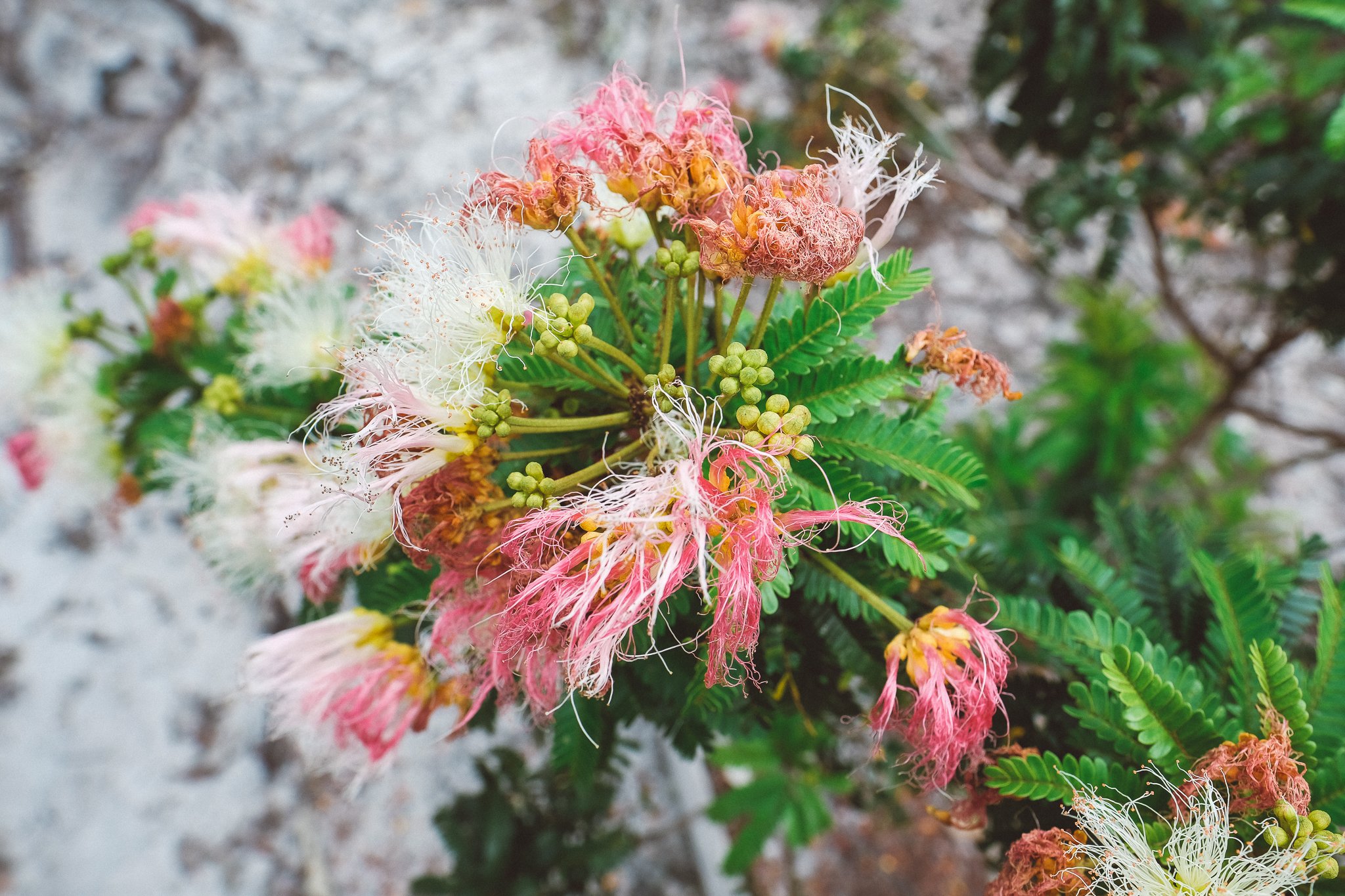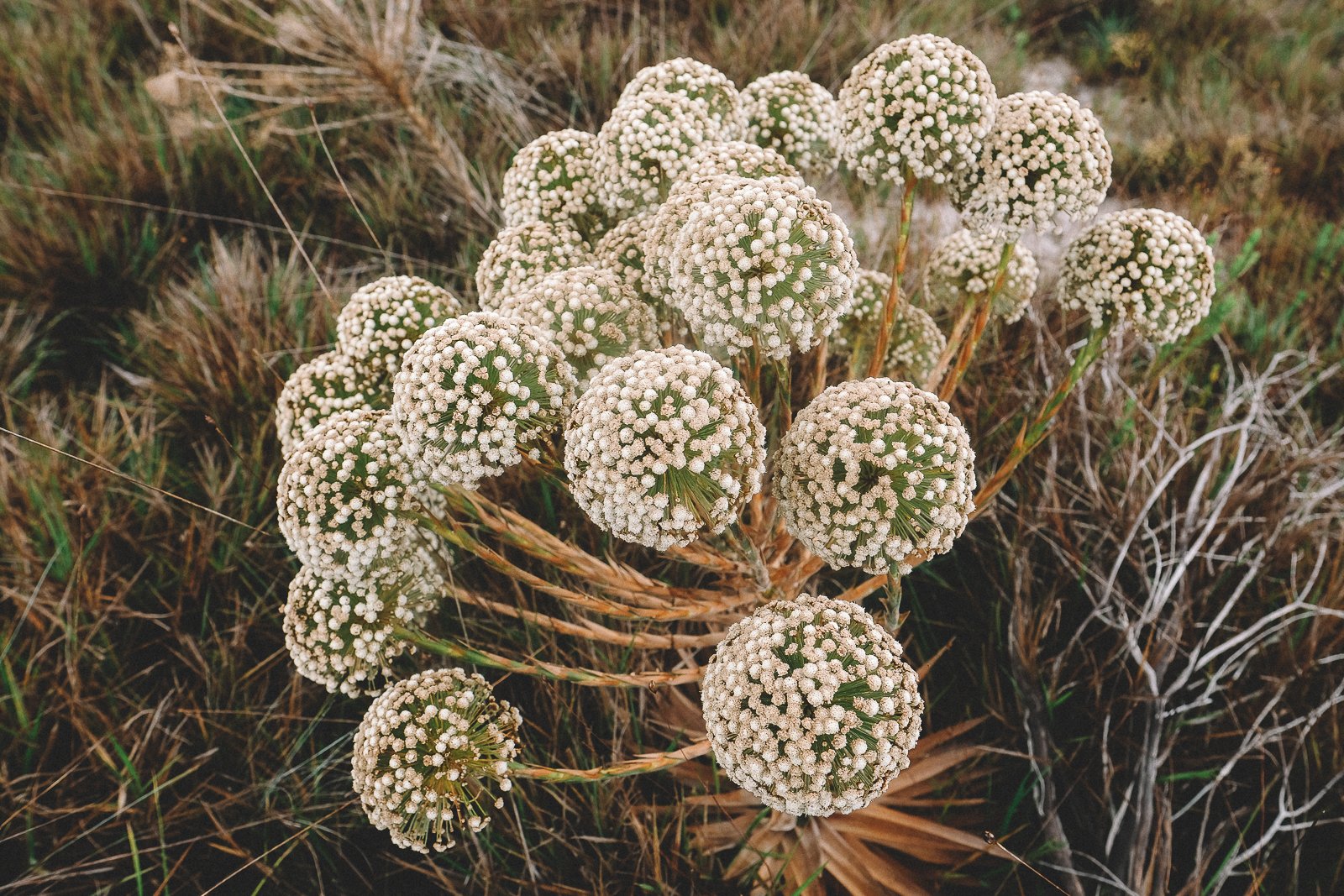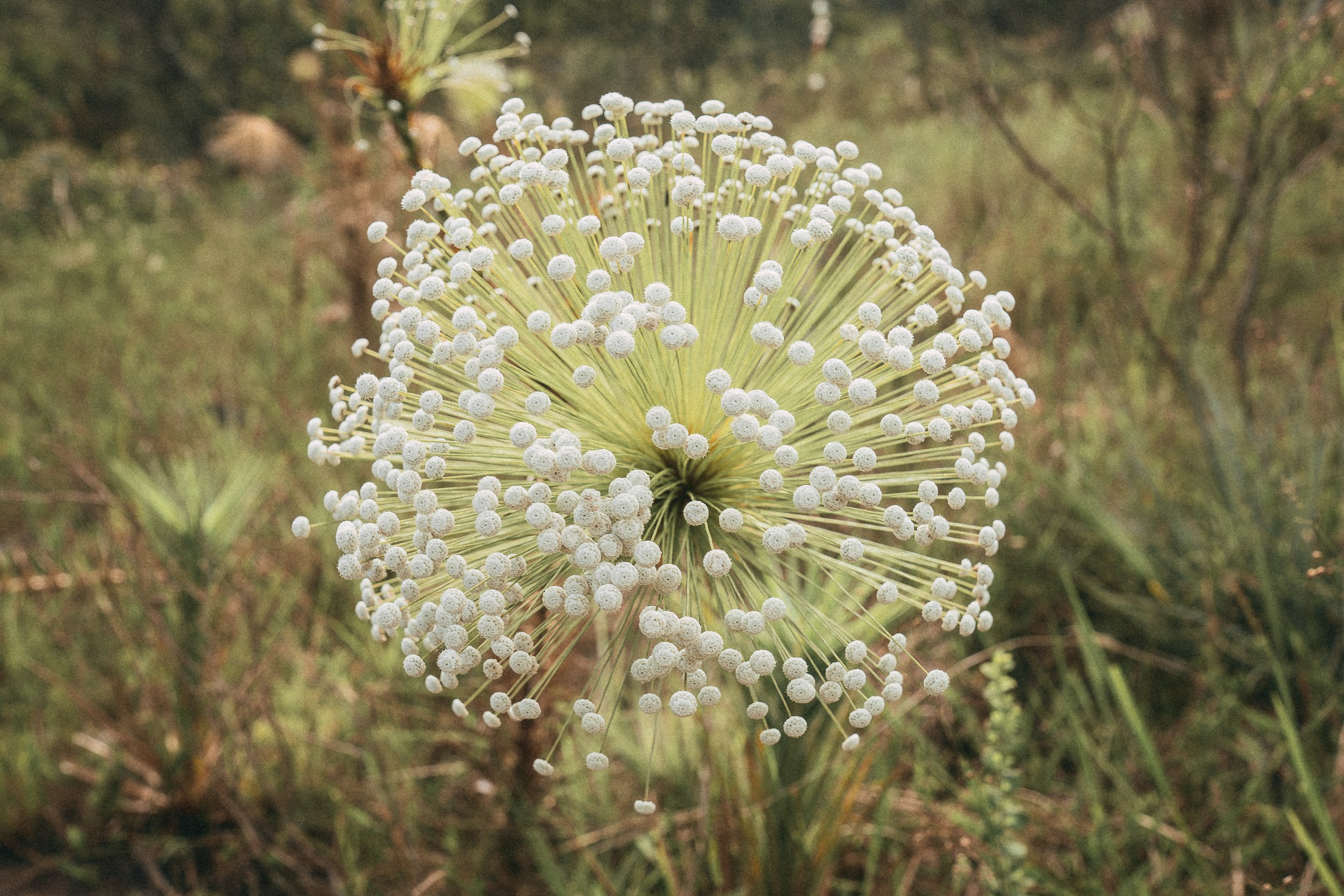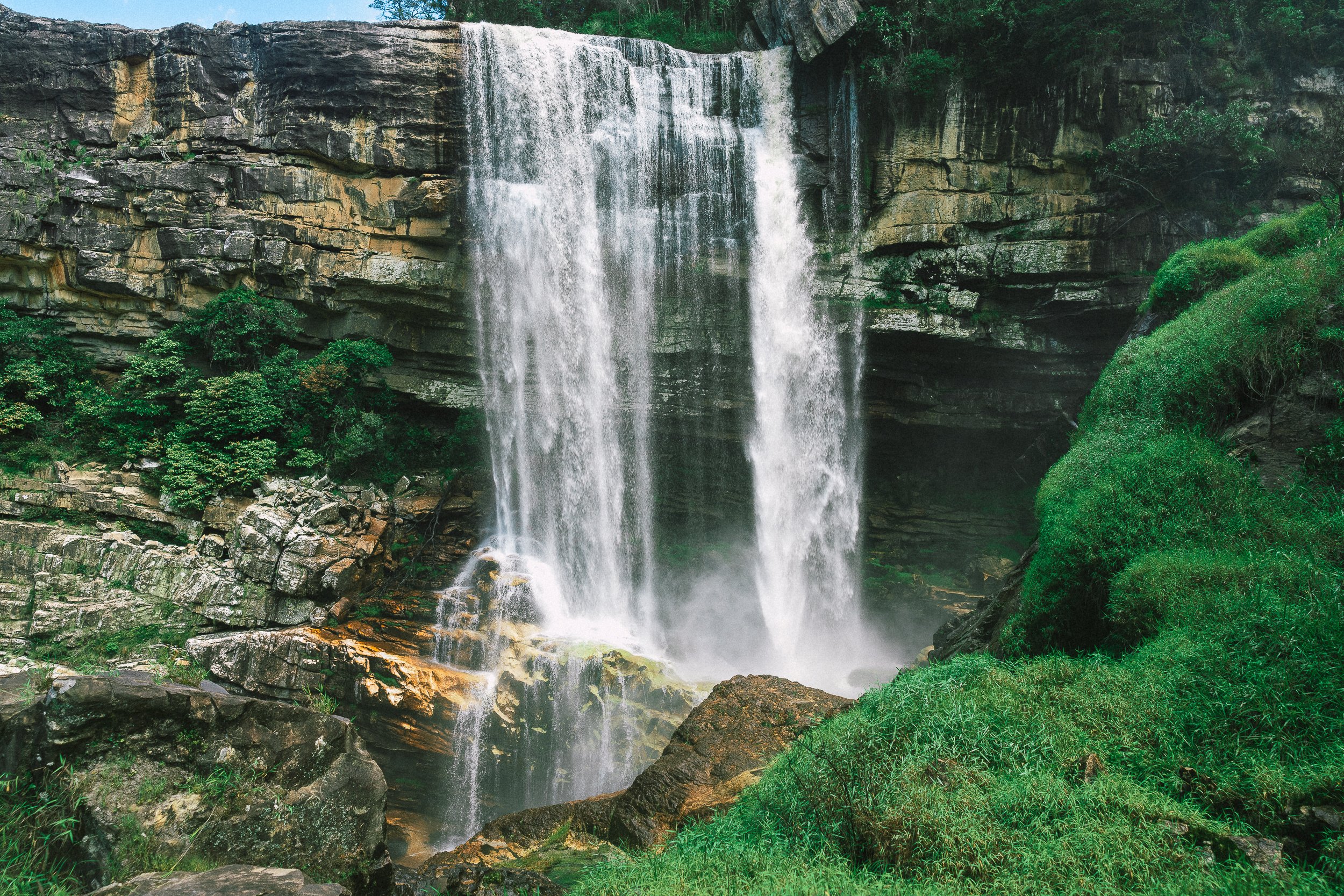
The Highlands of Brazil
An Introduction to the Flora, Fauna, and Landscapes of Brazil’s Serra do Espinhaço
"The view strikes at once. It is a complete change of scenery; everything is the image of bouleversement & aridity... It is a fracas of Nature, a land of crisp Serras stripped to the bones, prickly & bristling with peaky hills & fragments of pure rock separated by deep gashes & gorges... Here & there, between the stern peaks, lie patches of snow-white sand or a narrow bit of green plain, confused & orderless, a fibre in the core of rockmountain. The land… is illiterate, and it is wild; fossils, those medals of the creation, do not belong to it.”
- Sir Richard Francis Burton,
Explorations of the Highlands of the Brazil (1869)
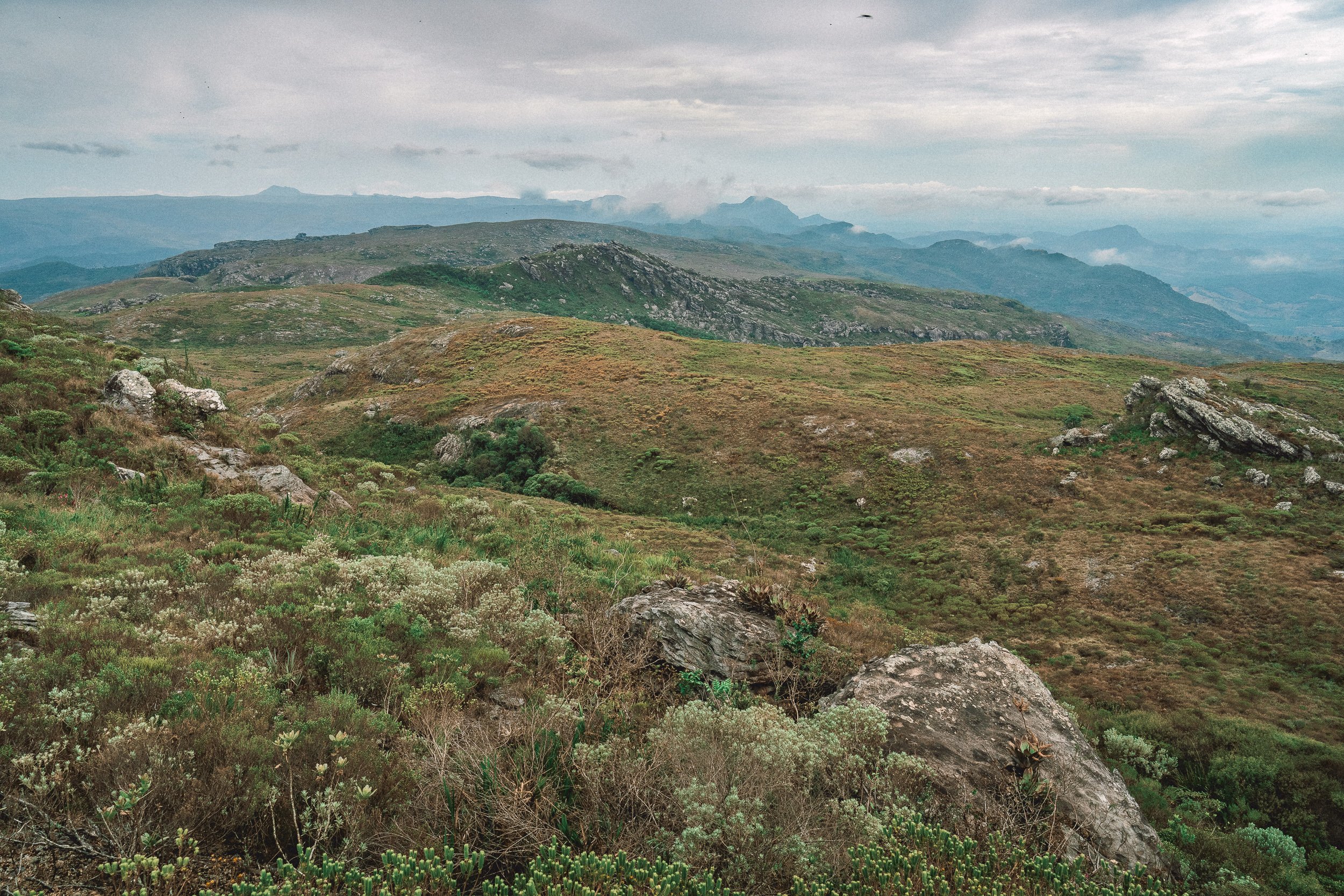
Eastern Edge. (October)
A Place & Privilege
The Espinhaço accounts for less than 1% of Brazil’s territory — yet harbors over 7% of its species, with more than 3,000 found nowhere else on earth. The high-altitude ecosystem behind that miracle? The Campos Rupestres — a rocky, flower-strewn manifestation of the Cerrado (Brazilian savannah) so unique it may soon be formally recognized as the country’s newest bioma.
The savannah isn’t the only ecosystem to call the Espinhaço home, though. The range also cradles the westernmost remnants of the Atlantic Rainforest, making it one of the only places on earth where two critically endangered biomes meet.
It's ironic — and tragic — that a landscape so rugged could also be so fragile. As it were, much of the range sits atop quartzite and ironstone — coveted by the mining industry, vulnerable to extraction, and extraordinarily slow to recover from impact.
The Espinhaço isn't just overlooked by tourism, it's in the crosshairs of never coming back.
Enjoyit while it’s here. Like this. Right now.
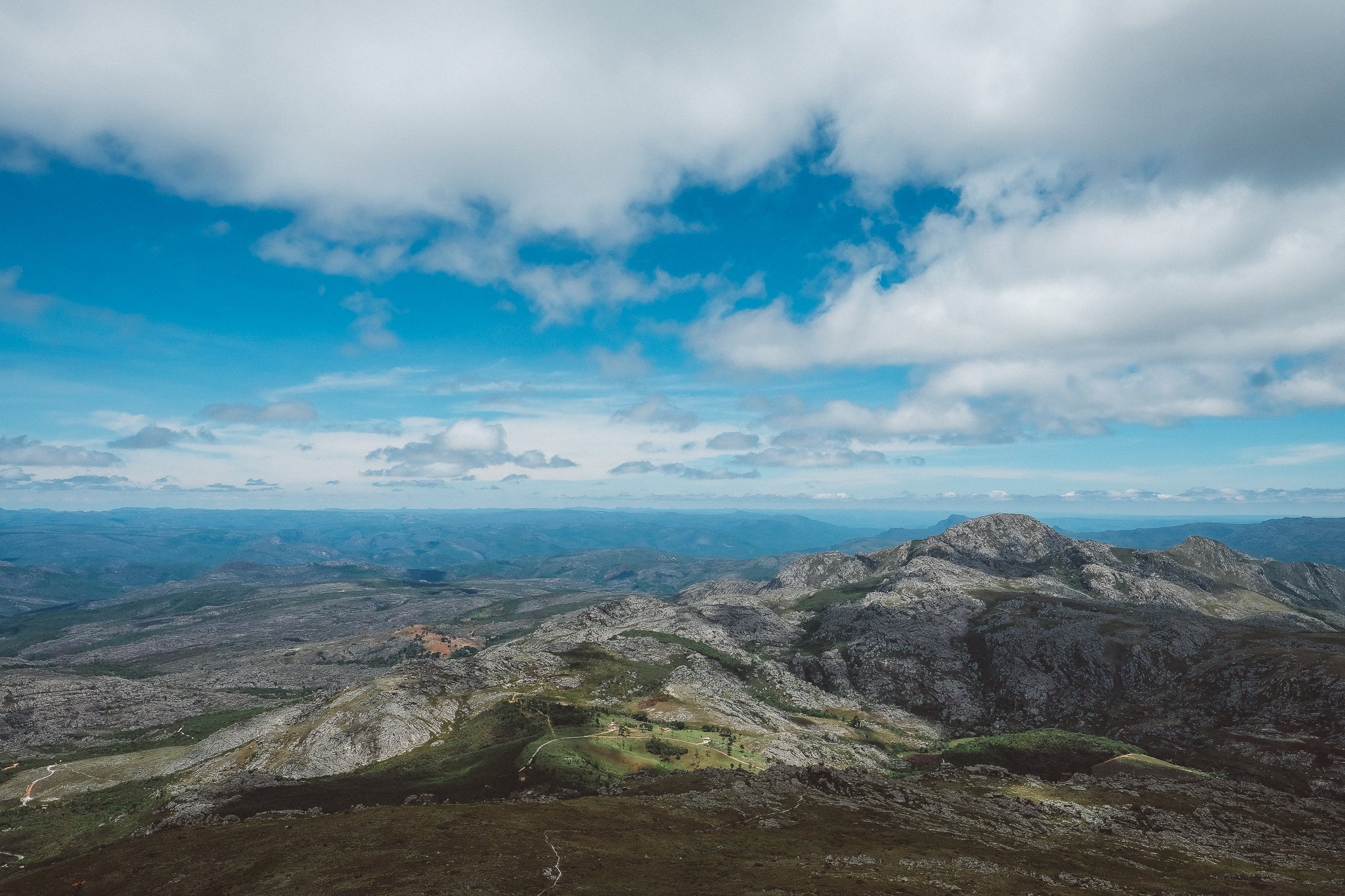
Rainforest Meets Savannah. (November)
a Tale of Two Biomes
The Amazon rightfully grabs most of the headlines, but Brazil wouldn’t be the most biologically diverse country on earth were it not for its other terrestrial ecoregions, including a pair of prolific & critically endangered “biomes” (to borrow the Brazilian usage of the word) whose paths cross in the Espinhaço: the Cerrado & the Mata Atlântica.
Trailing only the Amazon in terms of size in South America, the Cerrado (Brazilian Savannah) is the richest grasslands on earth, with more than 10,400 species of plants; 1,200 fish; 800 species of birds; 120 reptiles, 150 amphibians, 90,000 insects; and 200 mammals, accounting for approximately 5% of the planet’s species and nearly a third of Brazil's total biodiversity.
The lush Atlantic Rainforest, meanwhile, harbors more than 20,000 species of plants, 2,000 vertebrate species, a thousand species of birds, and 300 mammals.
The prolific levels of endemism witnessed in both biomes—particularly with regards to flora & insects in the Cerrado, and trees & fauna in the Mata Atlântica—and the existential threats faced by each, has led to their respective designations as global “hot spots”.
Biogeographically speaking, the Espinhaço is the tale of these two biomes, with the range representing perhaps the most fascinating transitionary zone between them. The Cerrado’s campos rupestres (rupestrian grasslands) ecosystem, for example, often sited as potentially the single most biodiverse ecosystem in Brazil, is located nearly exclusively within the Espinhaço.
You can witness the transformation and interplay between the Atlantic Rainforest & Cerrado up close during east-west (or vice-versa) crossings of the range. It’s a glorious thing to experience.
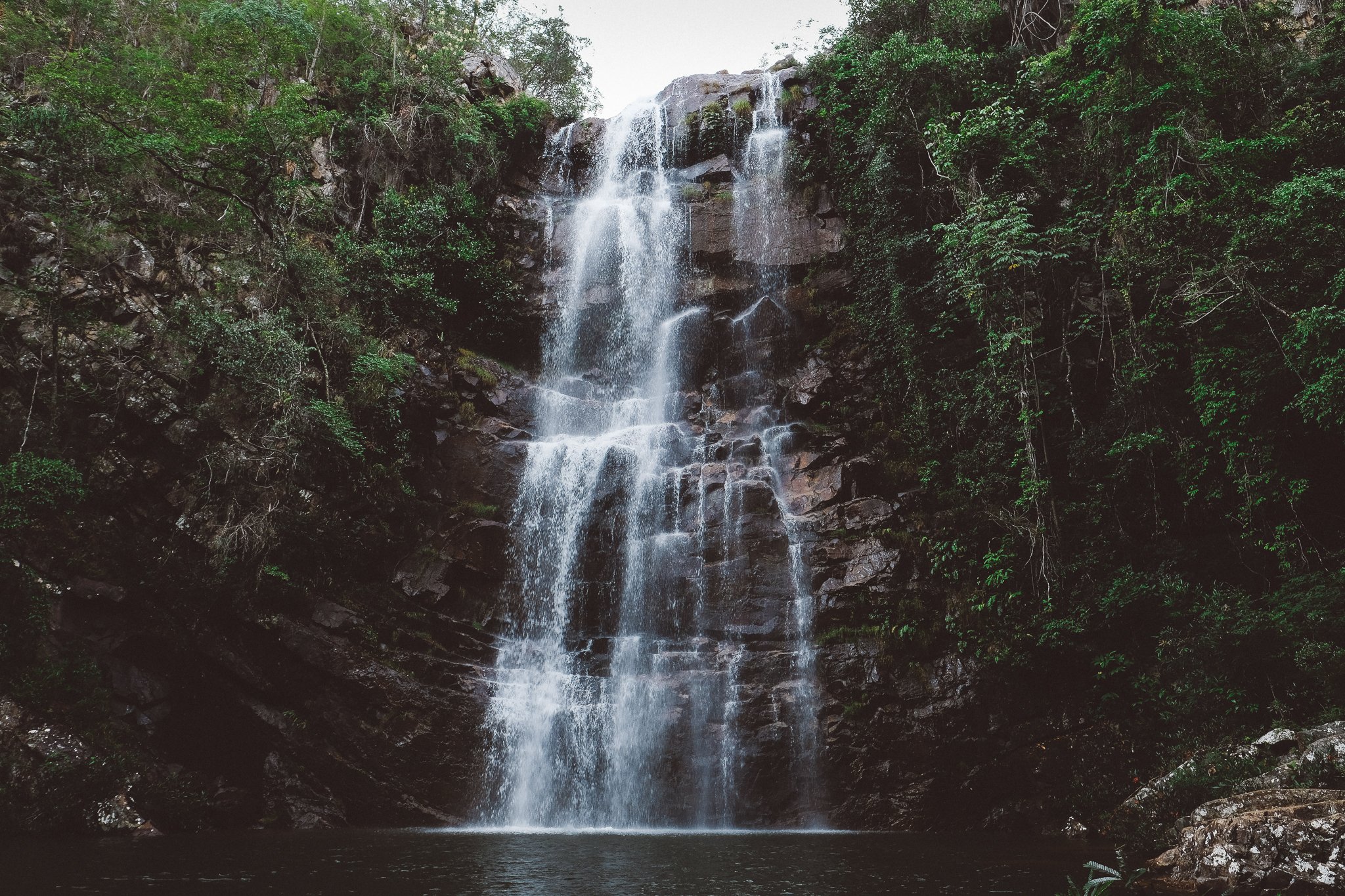
Fairy Falls. Conselheiro Mata
Waterfalls / Cachoeiras
Take it from us: attempting to count the waterfalls of the Espinhaço is an exercise in futility. Just as futile: trying to spend consecutive days on the trail without bathing in one.
There are hundreds of named waterfalls—and hundreds of others—within a 50-km radius of Diamantina alone. We typically cross paths with at least one (and sometimes many more) per day during our trips, from soothing cascades to show-stopping masterpieces, and everything in between.
“Ice-cold” has never felt so good.
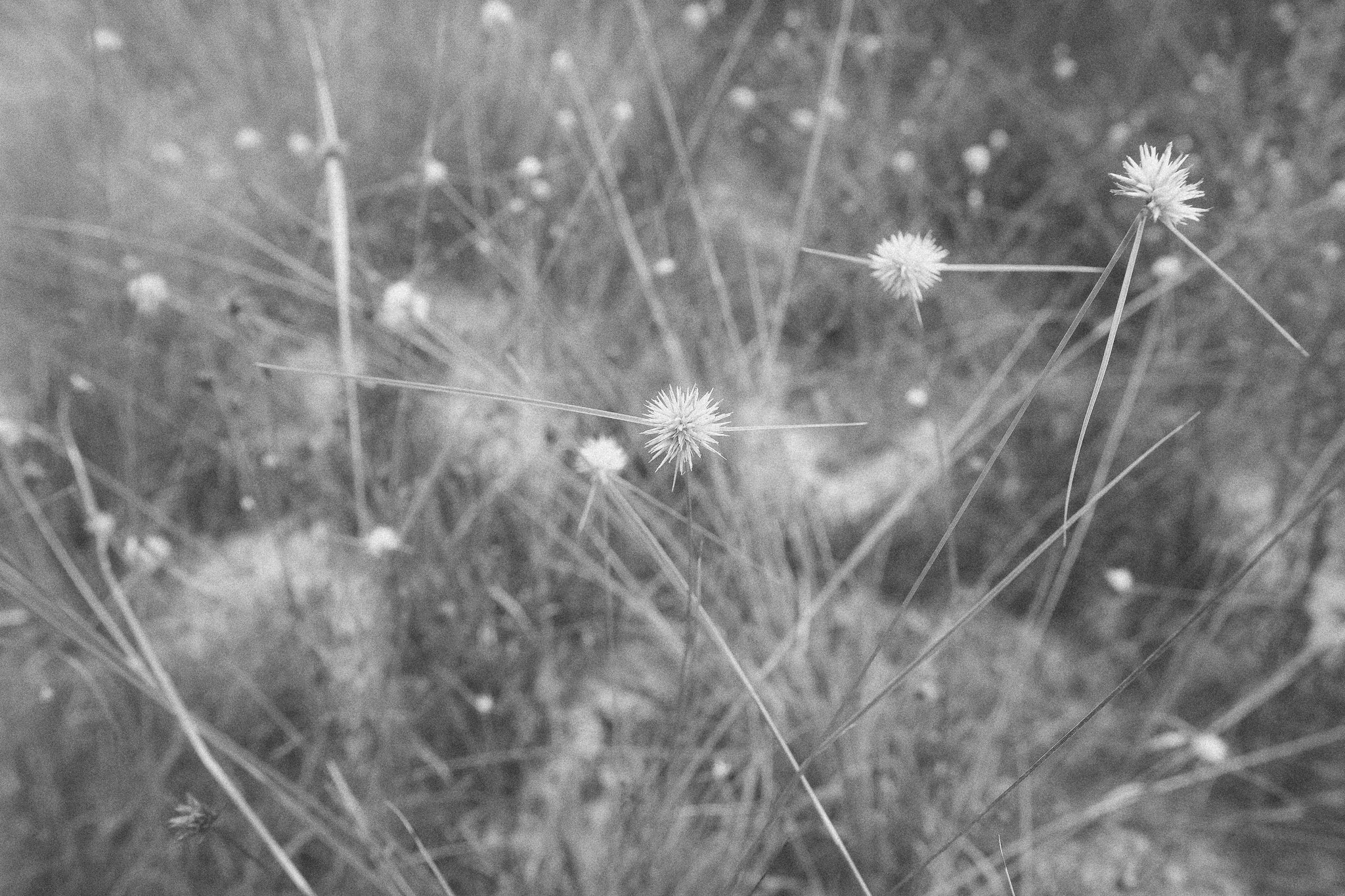
Flower-Spotting
If ever there were a setting on earth worthy of the word Seussian, it’s here, where odd & oddly shaped species of grasses, shrubs, cacti, palms, and wildflowers abound, creating surreal garden landscapes & turning treks into sight-seeing tours.
The most prized of Brazil’s wildflowers, the sempre-vivas (particularly the Paepalanthus and Comanthera genera), is as inextricably linked to the history, economy, and identity of the Serra do Espinhaço as the diamonds that sustained the region before it. Sixty of the estimated 100 species in existence have been documented within Sempre Vivas National Park alone—eight of which are found nowhere else on earth.
With enchanting shapes that range from tiny buttons & stars to tree-like stalks with giant globes, flower-spotting has a way of making even the most arduous days on the trail joyous. We dare you not to get excited each time someone yells “paepalanthus!”








